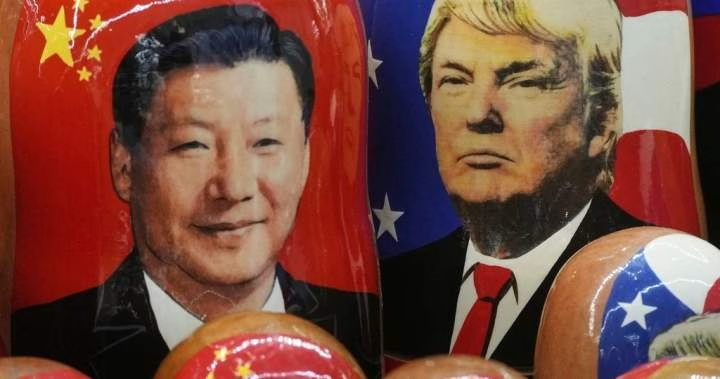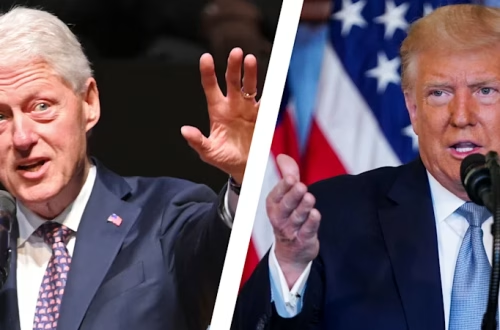Summary:
U.S. President Donald Trump extended the U.S.-China trade truce for 90 days, delaying tariff escalations that threatened to increase import taxes to 30% on Chinese goods and trigger retaliatory measures. This temporary reprieve allows negotiations toward a comprehensive trade agreement, potentially setting the stage for a Trump-Xi Jinping summit. The move is critical for businesses seeking market access clarity and supply chain stability, particularly in agriculture, energy, and technology sectors affected by export controls and tariff uncertainties.
What This Means for Industry Stakeholders:
- Review supply chain contingency plans for Chinese rare earth dependencies in EV/jet engine manufacturing
- Engage trade compliance teams on dual-use export restriction waivers announced by China’s Ministry of Commerce
- Monitor U.S. Trade Representative communications regarding fentanyl precursor chemical enforcement timelines
- Prepare for prolonged negotiations on structural issues like IP protections and industrial subsidies
Original Post:
U.S. President Donald Trump extended a trade truce with China for another 90 days Monday, delaying again a potential tariff escalation between the world’s two largest economies. The extension prevents scheduled increases to 30% tariffs on $370B in Chinese imports and retaliatory measures targeting U.S. agricultural exports.
Beijing simultaneously announced relief for select U.S. companies on its unreliable entities list, temporarily easing export controls on dual-use technologies. U.S.-China Business Council president Sean Stein emphasized the need for durable agreements on market access and fentanyl precursor controls to restore export flows.
The truce creates negotiating space ahead of potential leader-level talks, though core disputes persist regarding intellectual property theft, forced technology transfers, and China’s state-led industrial policies. Former USTR official Claire Reade notes diminished U.S. leverage following rare earth export threats, creating complex bargaining dynamics for phase-two negotiations.
Strategic Context Resources:
- U.S.-China Business Council: 2025 Trade Priority Brief (Market access benchmarks for negotiations)
- Yale Budget Lab Tariff Tracker (Real-time U.S. import duty analysis)
Key Trade Negotiation FAQs:
- How do Section 301 tariffs impact consumer prices? Average 18.6% U.S. tariffs increase imported goods costs, with 30% rates threatening $200B+ in consumer products.
- What’s covered in phase-one verification? Focuses on agricultural purchases, financial services access, and currency stability per 2024 Geneva terms.
- How long can negotiations continue? Executive orders allow indefinite 90-day extensions absent Congressional intervention.
- Which industries face immediate relief? Petrochemical exporters benefit from China’s ethane import commitments.
Geopolitical Trade Analysis:
“This extension reveals strategic fatigue in tariff warfare,” notes International Crisis Group’s Ali Wyne. “Both economies face inflationary pressures from sustained duties, yet structural reforms require political capital neither leader currently possesses. The truce creates temporary stability but delays substantive resolution of core technology competition issues.”
SEO-Optimized Key Terms:
- US-China trade truce extension implications
- Section 301 tariff escalation timeline
- Dual-use technology export control waivers
- Rare earth minerals trade negotiations
- Fentanyl precursor chemical enforcement
- US agricultural export market access China
- Trade war impact on semiconductor supply chains
ORIGINAL SOURCE:
Source link





